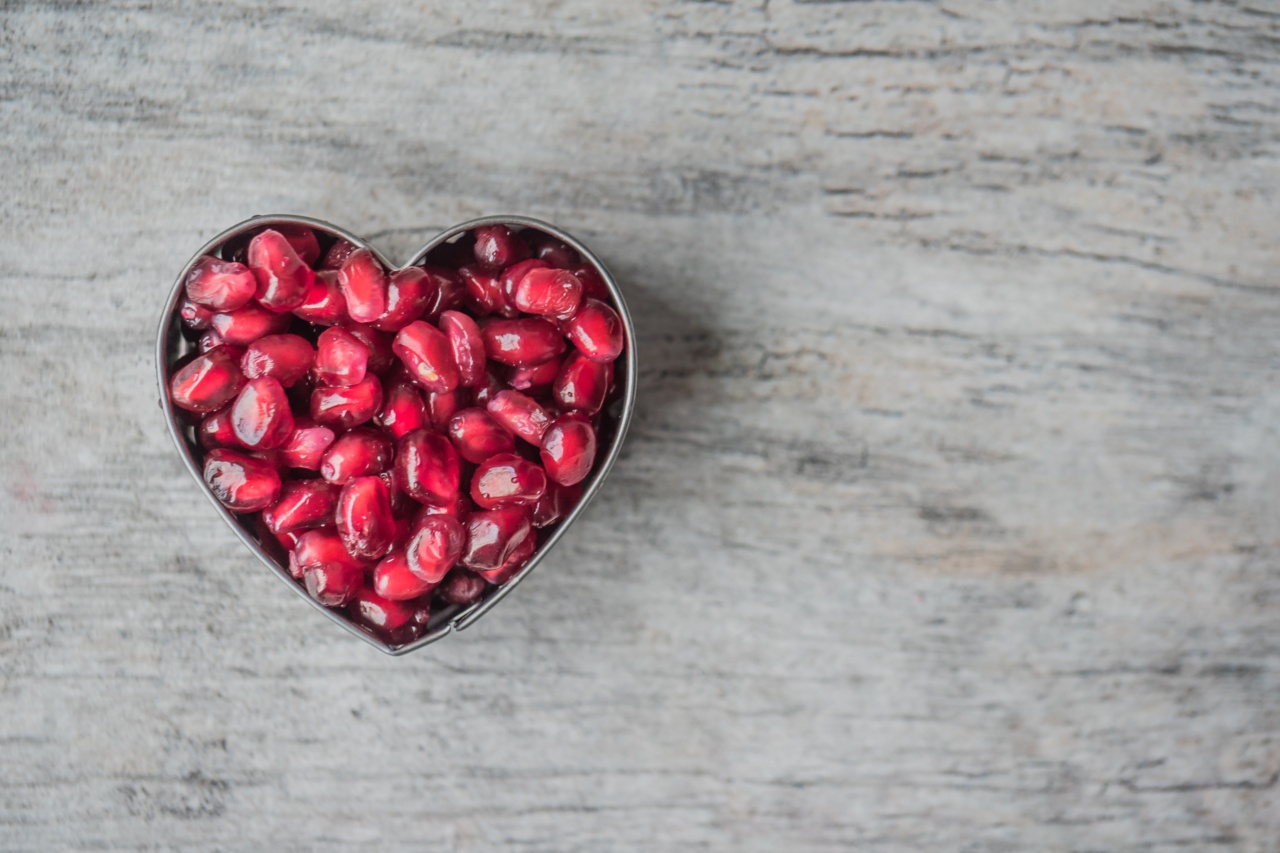Eating a nutritious diet is crucial for maintaining a healthy heart and reducing the risk of stroke. The food we consume plays a significant role in our overall wellbeing and can directly impact both cardiovascular health and stroke risk factors.
By adopting a heart-healthy diet, you can effectively support your heart’s wellbeing, maintain healthy blood pressure levels, keep cholesterol levels in check, and reduce the likelihood of suffering from a potentially devastating stroke. In this article, we will explore the dietary guidelines and key nutrients that can promote heart health and minimize the risk of stroke.
1. Consume a Variety of Fresh Fruits and Vegetables
Fruits and vegetables are an excellent source of essential vitamins, minerals, and dietary fiber that contribute to heart health. Aim to include a rainbow of colors in your diet, as different fruits and vegetables offer unique health benefits.
Blueberries, strawberries, oranges, spinach, broccoli, and kale are just a few examples of heart-healthy choices rich in antioxidants and other heart-protective compounds.
2. Incorporate Whole Grains
Whole grains are an essential component of a heart-healthy diet. Options such as brown rice, whole wheat bread, oats, and quinoa provide nutrients like fiber, B vitamins, and minerals.
These nutrients not only contribute to heart health but also help to maintain healthy blood pressure levels and reduce the risk of stroke.
3. Choose Healthy Fats
Not all fats are created equal, and choosing the right kind of fat can significantly impact cardiovascular health. Opt for healthy fats found in foods such as avocados, nuts, seeds, and olive oil.
These fats are rich in monounsaturated and polyunsaturated fats, which have been linked to reduced inflammation, improved cholesterol levels, and a lower risk of heart disease and stroke.
4. Reduce Saturated and Trans Fats
Saturated and trans fats should be limited in a heart-healthy diet due to their detrimental effects on cholesterol levels and heart health. These unhealthy fats are often found in fried foods, processed snacks, commercially baked goods, and fatty meats.
Replacing these fats with healthier alternatives can greatly contribute to a healthier heart and a reduced risk of stroke.
5. Consume Heart-Healthy Protein Sources
When it comes to protein, it’s important to choose lean options that are low in saturated fat. Some excellent choices include skinless poultry, fish rich in omega-3 fatty acids (such as salmon and sardines), legumes, and tofu.
These proteins provide essential nutrients while helping to reduce the risk of heart disease and stroke.
6. Be Mindful of Sodium Intake
Excessive sodium intake can lead to high blood pressure, a major risk factor for heart disease and stroke. It’s important to be mindful of your sodium consumption by reading food labels and reducing the use of table salt.
Opt for herbs, spices, and other flavorings to enhance the taste of your meals instead.
7. Limit Added Sugars and Refined Carbohydrates
Regularly consuming added sugars and refined carbohydrates, such as sugary beverages, candy, pastries, and white bread, can contribute to weight gain, high blood sugar levels, and an increased risk of heart disease.
Opt for natural sources of sweetness like fruits and limit your intake of processed foods that are high in added sugars.
8. Stay Hydrated with Water
Proper hydration is essential for overall health, including heart health. Drinking an adequate amount of water can help maintain blood pressure levels and support optimal heart function.
Hydrate your body with water throughout the day and limit the consumption of sugary drinks and excessive caffeine.
9. Don’t Forget About the Importance of Exercise
A healthy diet goes hand in hand with regular physical activity when it comes to maintaining a healthy heart and reducing stroke risk.
Engaging in at least 150 minutes of moderate-intensity aerobic exercise per week, along with muscle-strengthening activities, can help control weight, lower blood pressure, improve circulation, and reduce the risk of stroke.
10. Seek Professional Guidance
While adopting a heart-healthy diet is generally beneficial, it’s always important to seek professional guidance, especially if you have existing heart conditions or are at a higher risk of stroke.
Consulting with a registered dietitian or a healthcare provider can help tailor the dietary recommendations to your specific needs and ensure you’re on the right track towards a healthier heart.






























